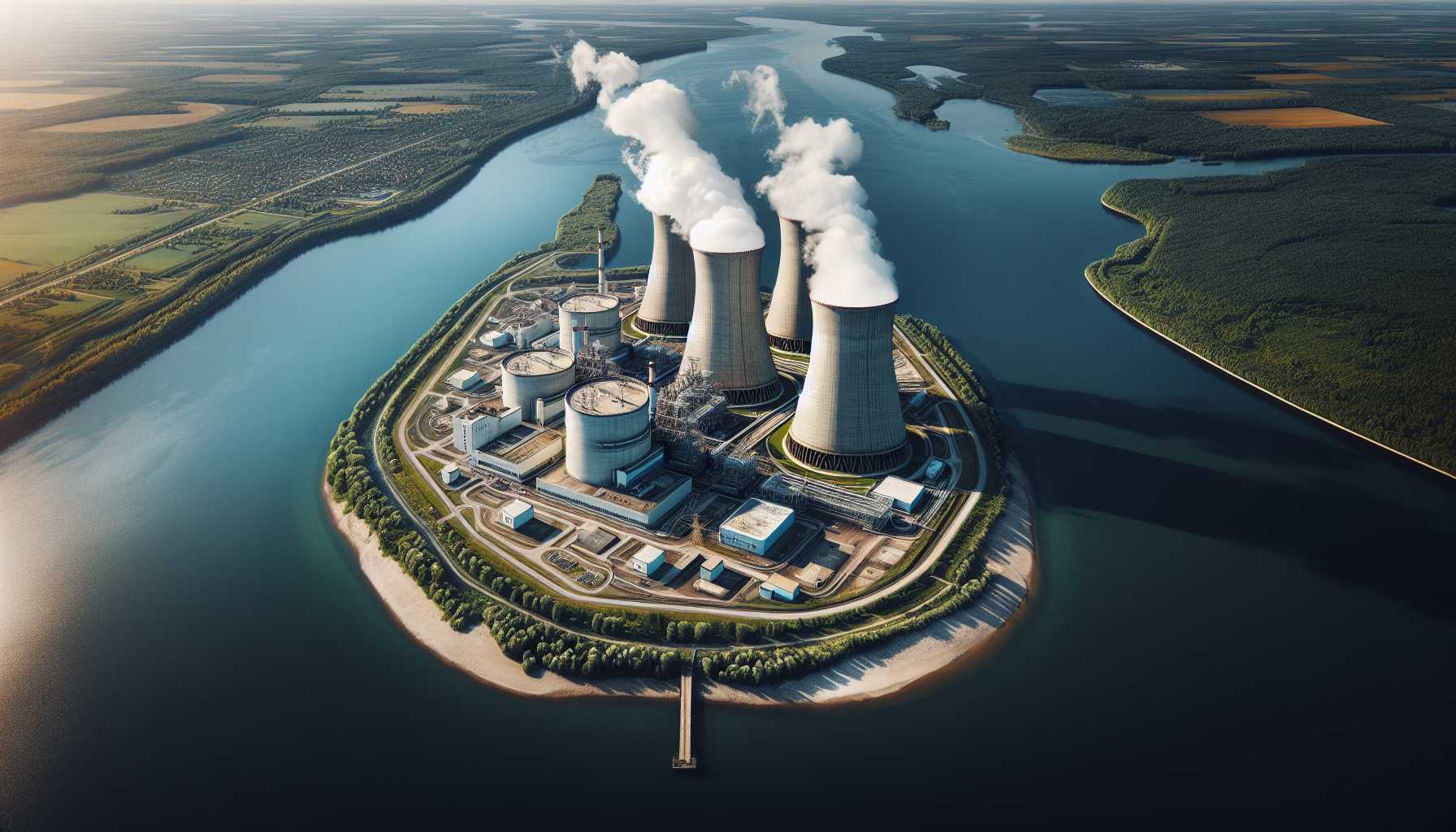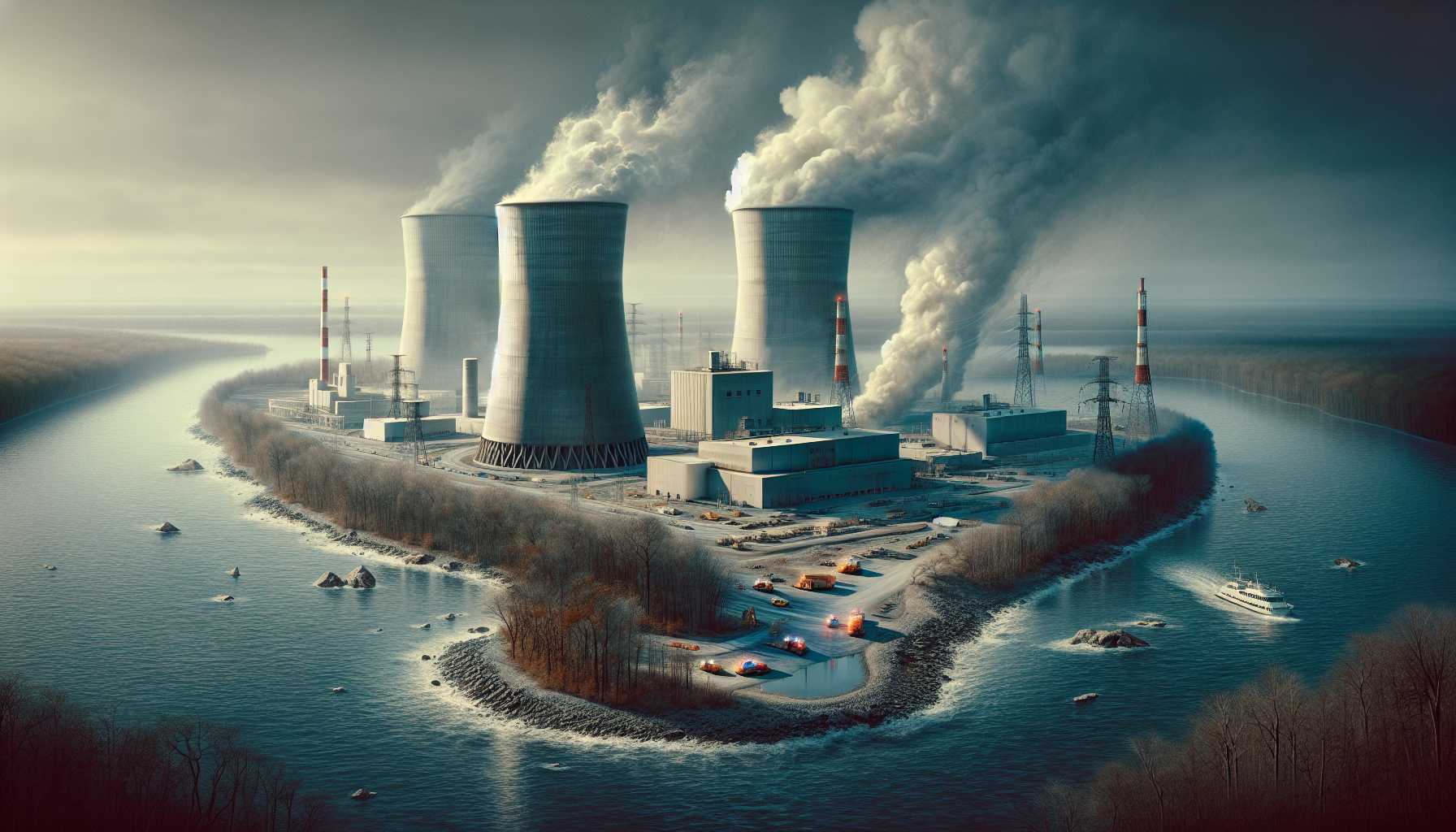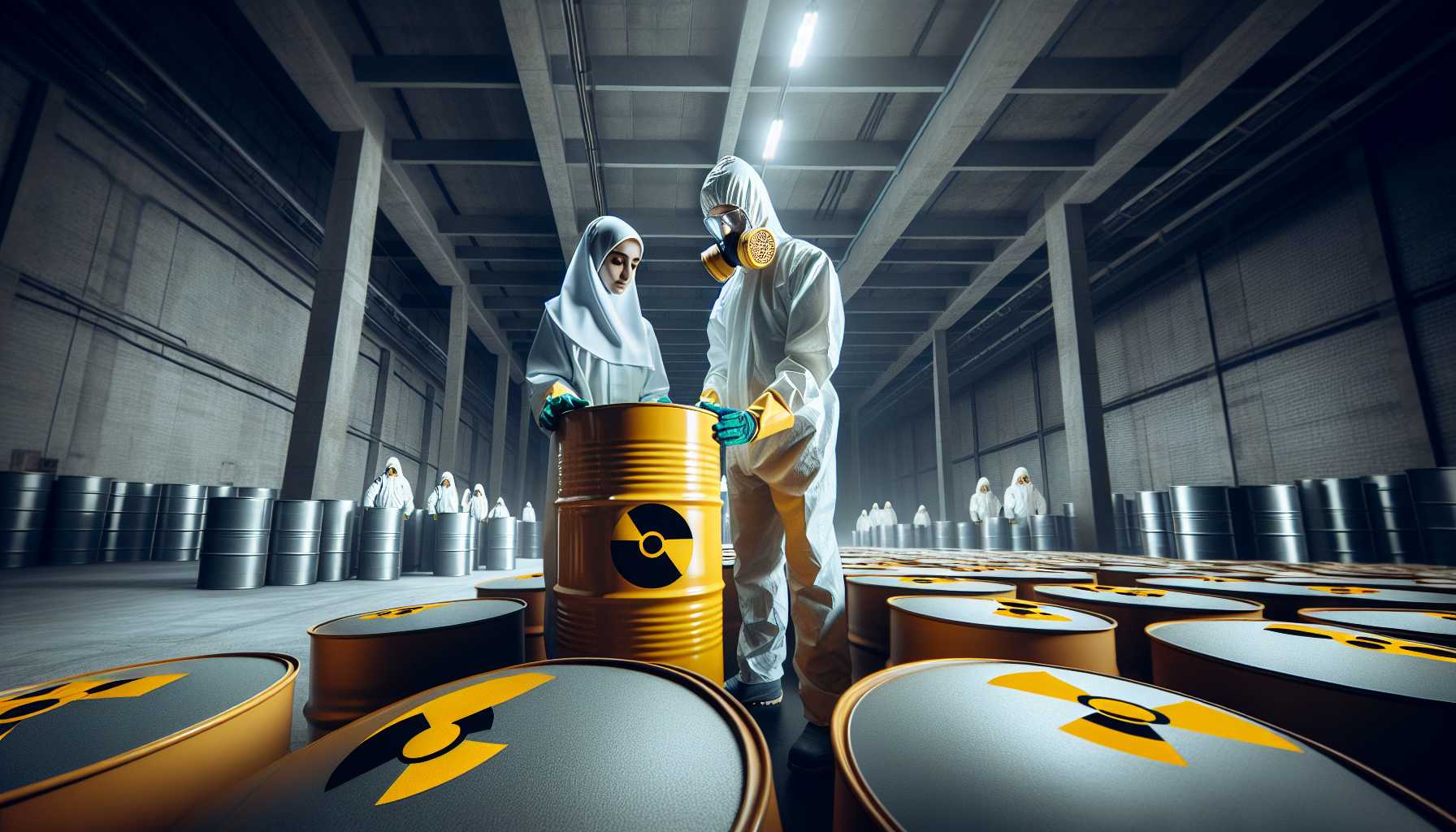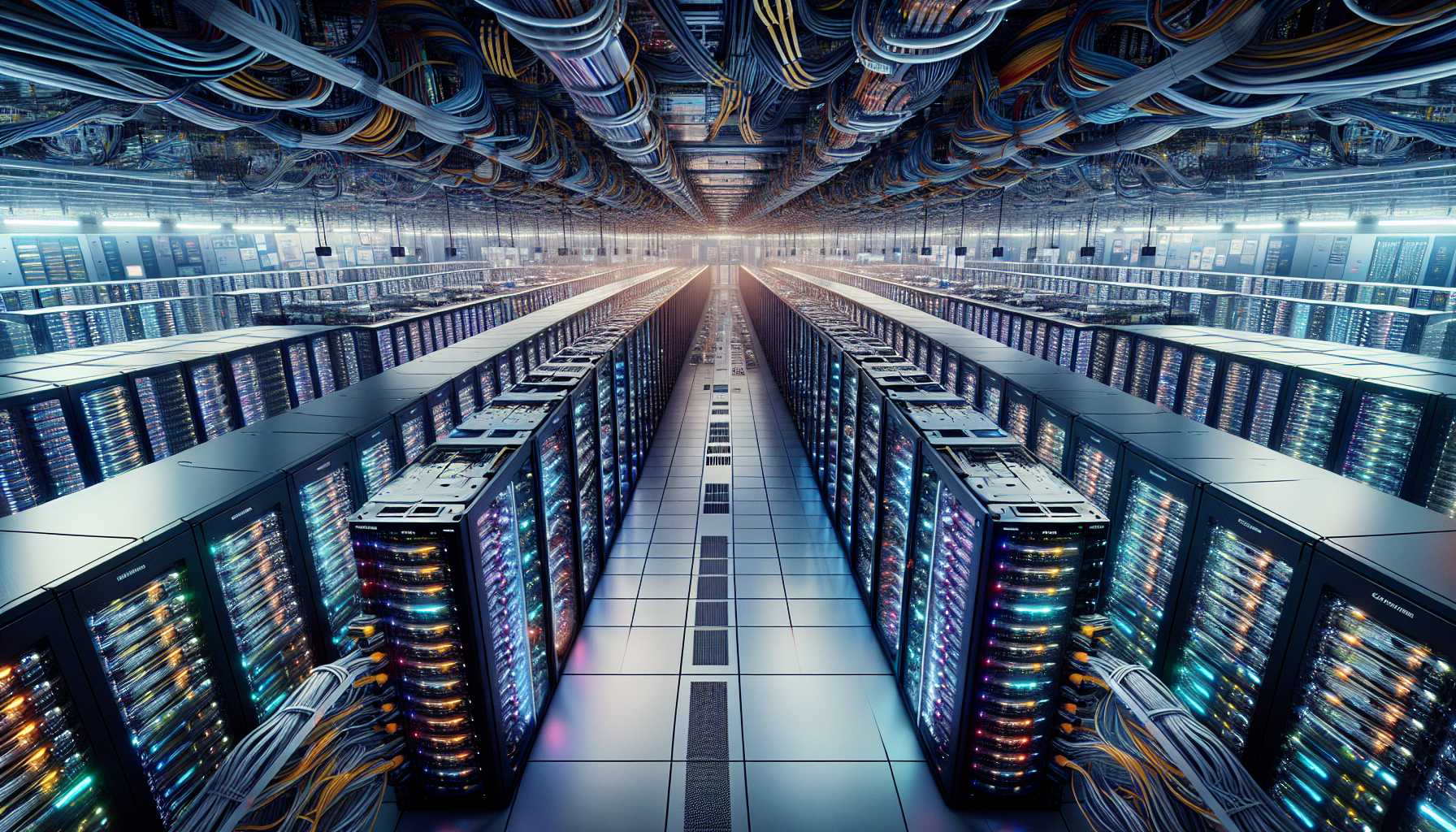Reviving Three Mile Island for AI’s Energy Needs
In a groundbreaking move towards sustainable energy, Microsoft is set to power its AI ambitions with nuclear energy from the iconic Three Mile Island. This Pennsylvania-based site, infamous for the 1979 incident, will be reactivated after five years of dormancy. The tech giant has forged an exclusive 20-year agreement, kicking off in 2028, aimed at leveraging the clean energy output from the Unit 1 reactor.
Microsoft’s AI Ambitions Meet Clean Energy
Microsoft’s quests for a sustainable power source to fuel AI’s insatiable hunger for computational power have led it to Three Mile Island. But why nuclear? AI models, particularly those involved in deep learning, require massive computational resources. Data centers, the digital brains tasked with these computations, often run 24/7, demanding a consistent and robust energy supply. Nuclear energy fits the bill perfectly – it’s carbon-free, reliable, and unlike solar or wind energy, it’s available round-the-clock. While the waste management of nuclear energy is a challenge, its emission-free nature makes it a tantalizing prospect, especially in light of Microsoft’s commitment to becoming carbon negative.
Economic and Environmental Game-Changer
The activation of Three Mile Island’s Unit 1 reactor represents more than just a power deal. It’s a significant economic boost for Pennsylvania and a bold step towards a sustainable energy future. Constellation Energy, the site’s operator, has secured what is touted to be the largest-ever financial agreement, expected to add $16 billion to Pennsylvania’s GDP, create 3,400 jobs, and generate over $3 billion in state and federal taxes. As Joe Dominguez, President and CEO of Constellation Energy, puts it, “Powering industries critical to our nation’s global economic and technological competitiveness, including data centers, requires an abundance of energy that is carbon-free and reliable every hour of every day, and nuclear plants are the only energy sources that can consistently deliver on that promise.”
Overcoming Past Shadows
Three Mile Island’s legacy is overshadowed by the 1979 accident, which remains one of America’s most notorious nuclear incidents. However, the new project is entirely independent of the Unit 2 reactor, which was the site of the incident. The core meltdown back then was a wake-up call, raising public fears and skepticism towards nuclear power. Today, enhanced safety protocols and technological advancements in reactor design aim to mitigate such risks, making this a gamble with potentially high rewards.
Climate Change and Nuclear Energy
In light of President Biden’s climate bill, this initiative aligns with broader environmental goals. Unlike traditional coal or gas plants, nuclear reactors emit no greenhouse gases during operation. This is critical in the fight against climate change, which increasingly demands innovative solutions like climate tech. Seattle, as an emerging hub for climate technology, mirrors this initiative. With events like Pacific Northwest Climate Week and new co-working spaces dedicated to climate tech, the push towards a cleaner future is gaining momentum. The University of Washington’s Clean Energy Testbeds further highlights how technology hubs are encouraging innovation in sustainable practices.
Challenges and Criticisms
While nuclear power is emphasized for its emissions-free attribute, it is not without contention. Critics point to the problem of radioactive waste disposal, for which the U.S. lacks a permanent storage solution. Current practices involve temporary containment at various sites, posing long-term risks that require robust strategies for mitigation. Moreover, the disparity between ambitious projects and the practicalities of execution should not be underestimated. The mixed model of hardware and software in climate tech, for instance, showcases how integrating physical and digital infrastructures can be intricate and costly. The rise of electric vehicle infrastructure and carbon capture technologies serves as a testament to this complexity.
Looking Ahead
The recommissioning of Three Mile Island’s Unit 1 reactor is not just a leap of faith in nuclear energy but a strategic maneuver in the broader context of technological advancement and environmental sustainability. As AI continues to evolve, its energy needs will escalate, making the symbiosis between tech companies and innovative power sources inevitable. Seattle’s strides in climate tech set an inspiring precedent, fostering a collaborative environment for tackling climate change head-on. The convergence of AI, climate initiatives, and renewable energy sources like nuclear power may well define the next era of technological and environmental evolution.
Conclusion
Microsoft’s drive to harness nuclear power for its AI aspirations marks a pivotal moment in the intersection of advanced technology and sustainable energy. It signals a future where monumental tech advancements and environmental responsibilities go hand in hand. As always, the path will include obstacles, but the ambition to blend innovation with sustainability is indeed a commendable stride forward.






